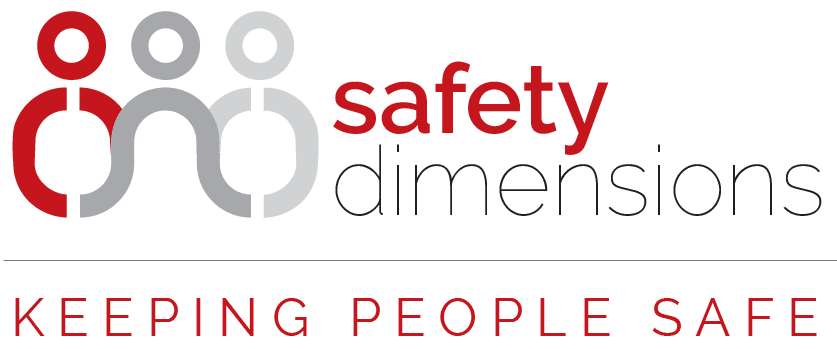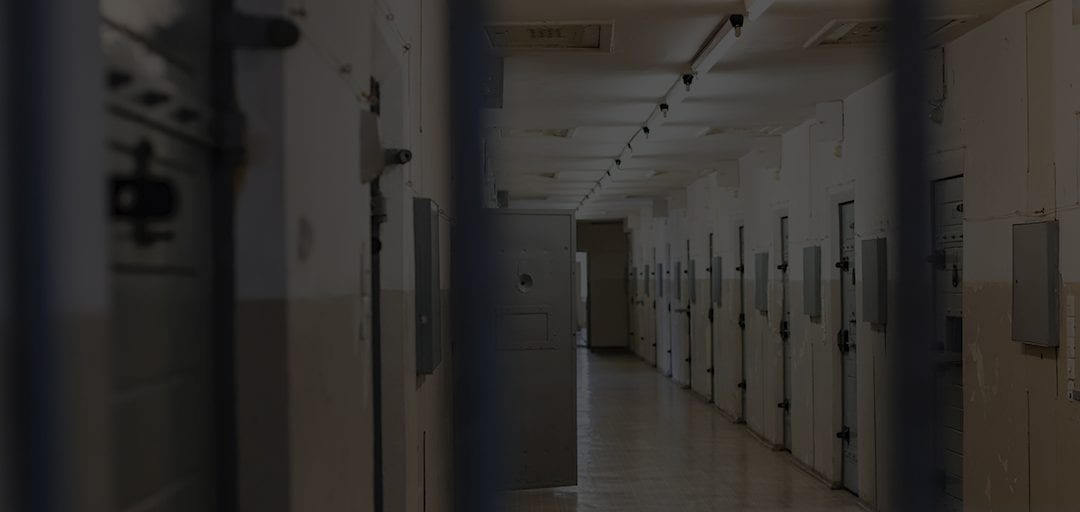
Victoria has made Workplace Manslaughter a criminal offence and will now have the highest safety fine in the country with maximum penalties of $16.5m and 20 years jail.
Victoria is the third state after ACT and Queensland to legislate to make Workplace Manslaughter a criminal offence. The new laws will commence on 1 July 2020, but those found negligent before the legislation commences may still be prosecuted if an organisation’s work policies caused a workplace fatality before the commencement date.
When will Workplace Manslaughter apply in Victoria?
Workplace Manslaughter applies when all of the elements of the offence are proven:
- the accused is a body corporate or a person who is not an employee or volunteer
- the accused owed the victim a duty of care pursuant to sections 21 to 24 or sections 26 to 31 of the OHS Act (this includes duties owed to employees, contractors and members of the public) (applicable duties)
- the accused breached that duty by criminal negligence in circumstances where there was a high risk of death, serious injury or serious illness
- the act that breached the duty of care was committed consciously and voluntarily
- the accused’s breach of the duty causes the victim’s death.
Workplace Manslaughter may apply even when the death of the person occurs sometime after the relevant incident. For example, depending on the circumstances, if an employee develops an asbestos-related disease after an employer exposed them to asbestos without the use of adequate personal protective equipment.
Who can be charged with Workplace Manslaughter?
A person, a body corporate, an unincorporated body or association or a partnership, including government entities and officers of these entities (but not employees or volunteers), who owe applicable duties to ensure the health and safety of another person in the workplace, can be charged with Workplace Manslaughter.
However, in certain circumstances, officers of organisations may be charged if their organisation owes applicable duties:
- directors and secretaries of companies
- partners of a partnership or joint venture
- the trustee of a trust
- persons who participate in the making of decisions that affect a substantial part of the organisations business
- persons who have the capacity to affect significantly the organisations financial standing.
Negligent conduct
Voluntary and deliberate conduct is ‘negligent’ if it involves a great falling short of the standard of care that a reasonable person would have exercised in the circumstances and involves a high risk of death, serious injury or serious illness. It is a test that looks at what a reasonable person in the situation of the accused would have done in the circumstances. The test is based on existing common law principles in Victoria.
Negligent conduct can include a failure to act.
Examples of negligent conduct may include when a person:
- does not adequately manage, control or supervise its employees
- does not take reasonable action to fix a dangerous situation, in circumstances where failing to do so causes a high risk of death, serious injury or serious illness.
Causation: the conduct caused death
It must be established that it was the accused’s negligently criminal breach of the duty of care that caused the death. That is, his or her acts or omissions must have contributed significantly to the death, or been a substantial and operative cause of it. The acts or omissions must be such that an ordinary person would hold them, as a matter of common sense, to be a cause of the death. This is the existing common law test of causation.
Penalties
If convicted of Workplace Manslaughter, the following maximum penalties apply:
- A maximum of 20 years imprisonment for individuals
- A maximum fine of $16.5 million for body corporates
Note – negligent conduct before the legislation commences may still be relevant for the purposes of prosecution if an organisation’s omission to amend unsafe work policies causes a workplace fatality post-commencement.
SOURCE: https://www.worksafe.vic.gov.au/victorias-new-workplace-manslaughter-offences
Ready to train your people in safety, risk management, hazard identification or subcontractor management?
We have a range of programs to train your people in risk management, hazard identification and subcontractor management which can be tailored specifically to your industry and organisational needs. Training can be delivered as individual modules or as part of one of our accredited programs.
BSB41419 Certificate IV in Work Health & Safety
The BSB41419 Certificate IV in Work Health and Safety is a nationally accredited program that will teach you how to identify hazards in the workplace, assist with responding to incidents, assess and control risk and consult on work health and safety issues. This program is most suited to those in a Safety Officer or Health and Safety Representatives role, or those currently in leadership roles wishing to shift their career into Health and Safety.
Risk Assessment & Hazard Identification
This program helps you identify and describe the difference between a hazard and a risk, and introduces a way of thinking about hazard identification and risk management as an everyday activity.
It will also enhance the skills and capabilities of leaders in the areas of hazard identification, risk analysis and identification and how to implement appropriate risk controls.
Contact us for a course outline >>
Subcontractor Management
Learn to effectively manage WHS site risks and performance by learning how to effectively select, manage and monitor the complex and difficult world of subcontractors. It also covers the WHS obligations regarding subcontractors, stepping through the various stages of effective subcontractor management, including assessing, evaluating safety history, attitude and managing expectations of performance and reporting.
Want to find out more about how we can customise our programs to your industry and organisation?
Let's talk!
Call us on 03 9510 0477, email [email protected] or use our contact form here.
From our blog
Lunch Atop a Skyscraper in 1932
Thankfully we have WHS laws to protect workers today, but back at the dawn of skyscraper building, things were very different.
Dropping like flies: the rise of workplace burnout and how to tackle it
Dropping like flies: the rise of workplace burnout and how to tackle it shutterstock.com Sarah Tottle, Lancaster University Burnout is on the rise. It is a growing problem for the modern workplace, having an impact on organisational costs, as well as employee health...
CASA to investigate Bunnings Sausage Sizzle Drone.
According to The Age and the EFTM blog, Civil Aviation Safety Authority is investigating after a video showing a man piloting a drone to a Sunbury Bunnings carpark for a sausage while he sat in his home. The man faces fines of up to $9000 for breaching CASA...
Dreamworld deaths lead to safety changes
David Eager, University of Technology Sydney Investigations are underway following the tragic accident at the Dreamworld theme park on the Gold Coast on Tuesday that left four people dead. Queensland Police say initial investigations show that six people were on board...
Need A Training Room? Melbourne Facility Available For Hire
Learning Dimensions Network's Collingwood training facility at 22 Easey Street Collingwood (Melbourne) is available for hire. Our training room can be booked for short or long term hire. Our venue is perfect for hosting training, workshops, meetings, corporate...
Retro Office Safety Training Video
Although the fashions have long gone, and thankfully many of the behaviours in the workplace have changed, this video still addresses the following topics which are just as relevant today as when "You and Office Safety!" was made: ¢ Good Housekeeping ¢ Slips, Trips...

